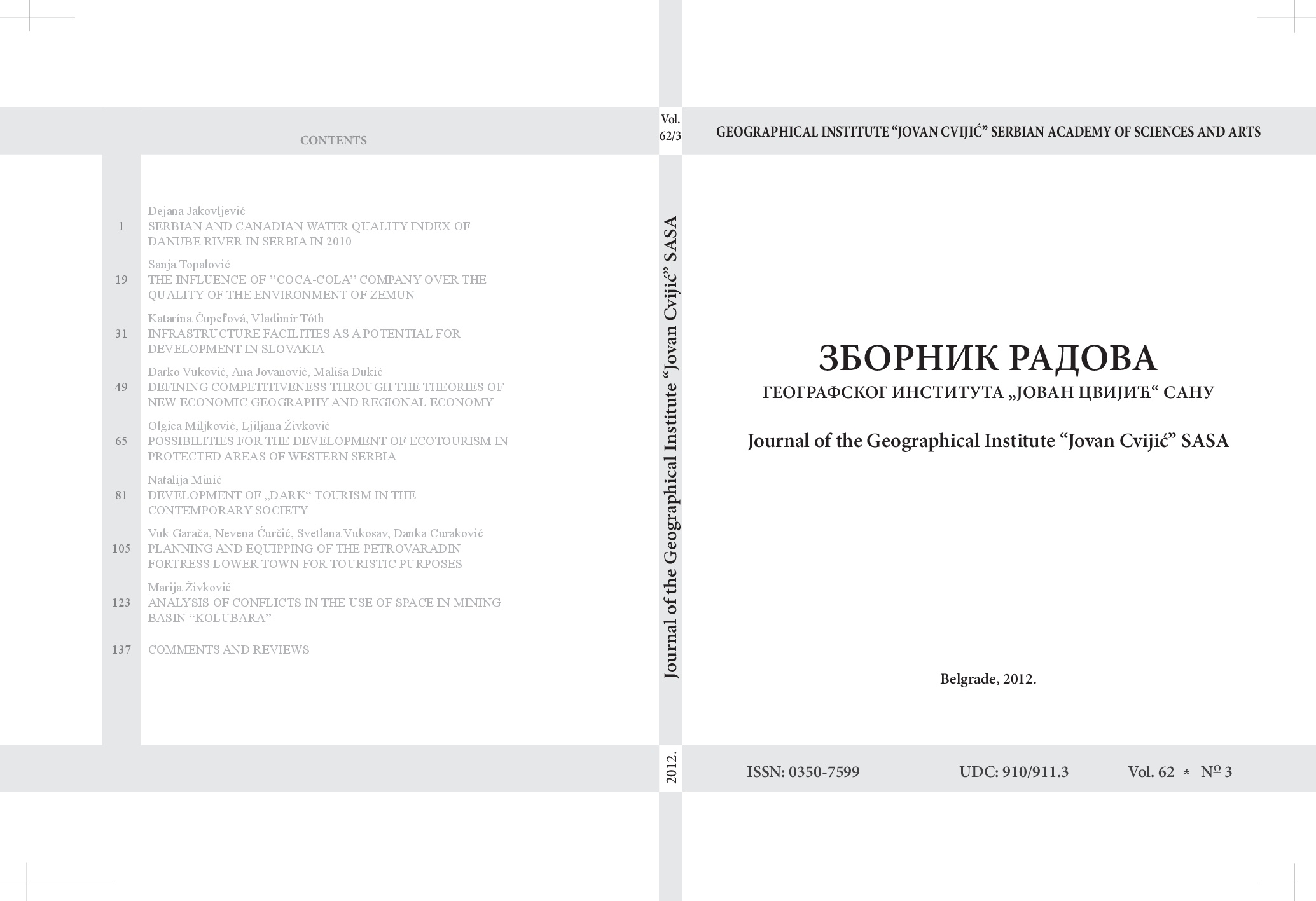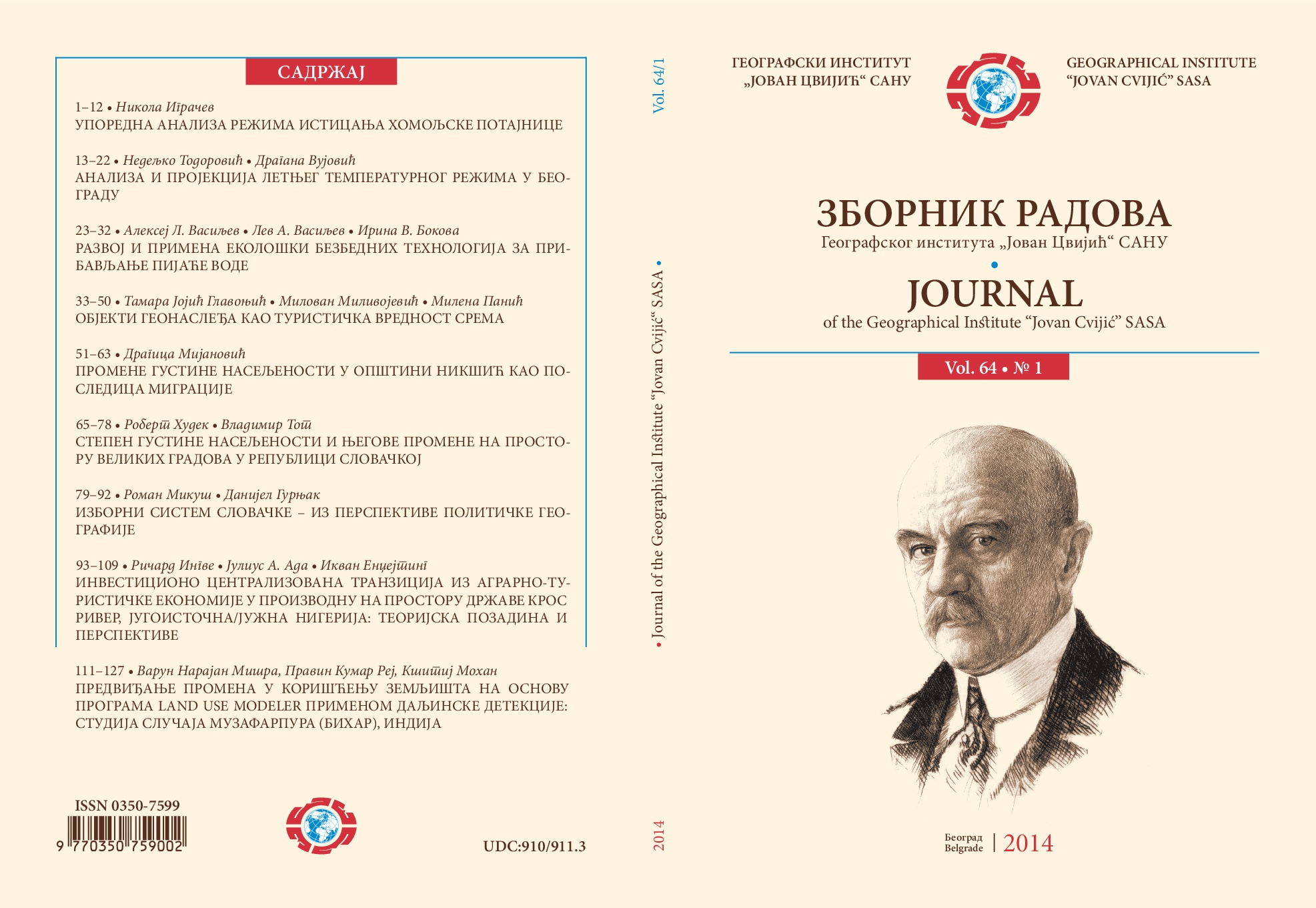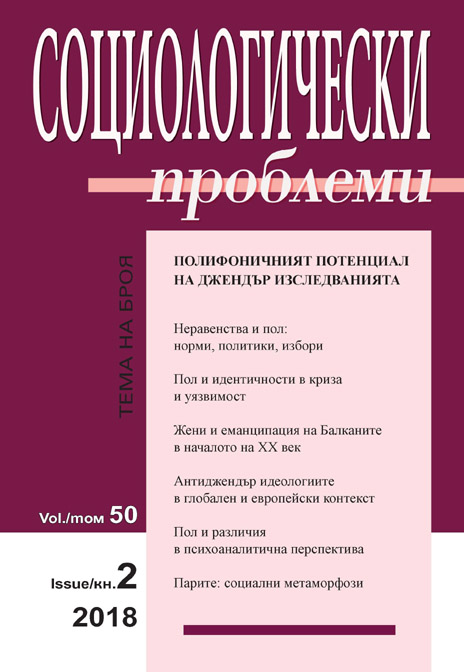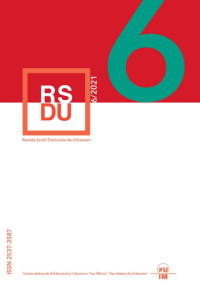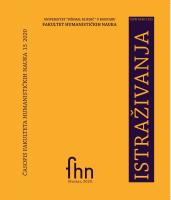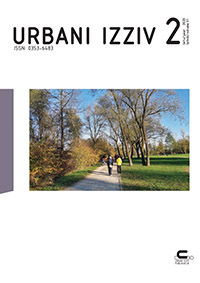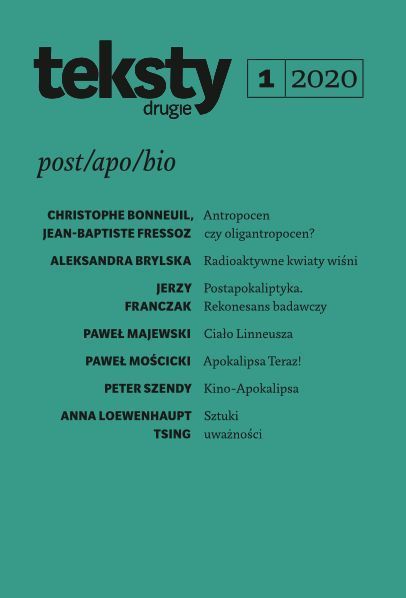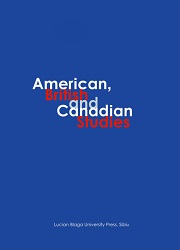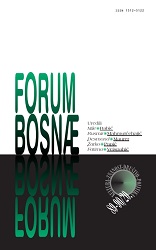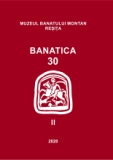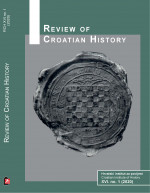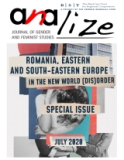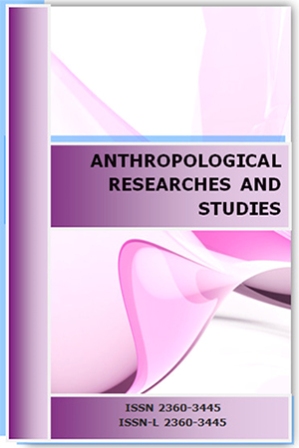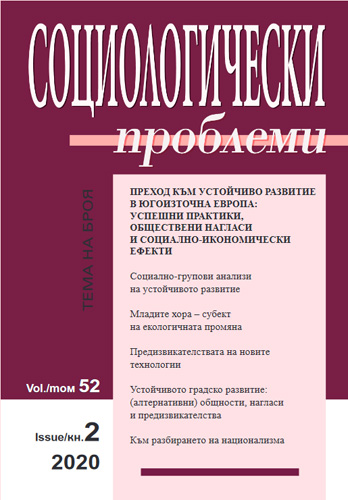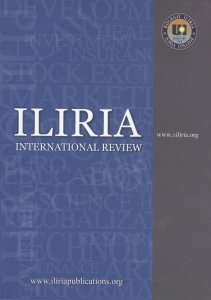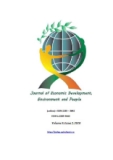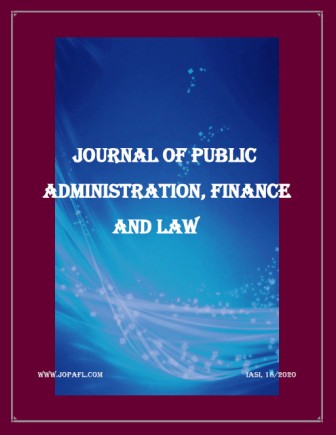Author(s): Selma Karačević-Kapić / Language(s): Bosnian
Issue: 15/2020
The urban development of Sarajevo after the Second World War can not be considered without a discussion of the broader context and political circumstances that layed down the directions of development of the new society. The construction of the new city began within the scope of centralization processes that marked the new socio-economic organization of the state. Planned economy, the Five-Year Plan, standardization, rationalization, construction standards and socialist realism as a state architectural (artistic) expression should have fully defined the socialist city, from the level of an individual building to spatial units. The General Regulation Plan, although not adopted, set the guidelines for further urban development of the city and created the backbone of a new town center on Marijin Dvor. The processes of urbanization and industrialization began with a constant struggle with the lack of professional staff and other resources. The monumental railway station and its aesthetics have announced the future shape of the city, whose houses and buildings should be of "socialist content and national form". Although this concept was not understandable or acceptable to most architects in Sarajevo and throughout Yugoslavia, architecture was still under the control of the state. However, the control had different effects on the construction of residential and public buildings. Standardization and norms in the design and construction of residential architecture have transformed architectural creativity into an economic discipline, focusing on the "quantitative aspect" of buildings: as many housing units as possible, faster construction and lower costs. Although the new society announced the development of "people's well-being" and "comfort of living", and architects and urban planners advocated principles that would make this possible, in reality, spatial development and urbanization were reduced to the physical accommodation of people in densely lined buildings. Such settlements will later be characterized as settlements - "dormitories", due to their predominantly monofunctional content (Čengić-Vila, Grbavica ...). On the other hand, several public buildings are being built that have had the role of communicating the values and strengths of the new society. No "savings" were made for the construction of these facilities, despite the serious problems of this time in the implementation of construction projects (the example of the railway station). With the changes in politics the context of the urban development of Sarajevo also altered. The split between Tito and Stalin will ahallmark changes in the urban space. The imposed doctrine of socialist realism is being discarded. Given that it was short-lived, in Sarajevo we can find only a few facilities interpreted in this style (Railway station, Public Health Institute, Commercial Bank of Sarajevo - former Faculty of Veterinary Medicine). The local architectural tradition as well as the architectural values of modernism are reaffirmed. The Sarajevska čaršija (Sarajevo bazaar), which in the years right after the war could not find its place in the new society, will be saved from demolition in these new circumstances . Another change caused by the political situation was the military industry, which will be positioned in Sarajevo after the Cominform Resolution (Hadžići, Vogošća, Buća-potok). The processes of urbanization and industrialization that began after the Second World War will continue and, after the Cominform Resolution and the reconsideration of its own ideology and organization, it will rely on the principles of CIAM's Athens Charter and modern urbanism and architecture. These principles will shape the physiognomy of Sarajevo and many other cities throughout BiH and Yugoslavia, creating recognizable views of the socialist city.
More...
